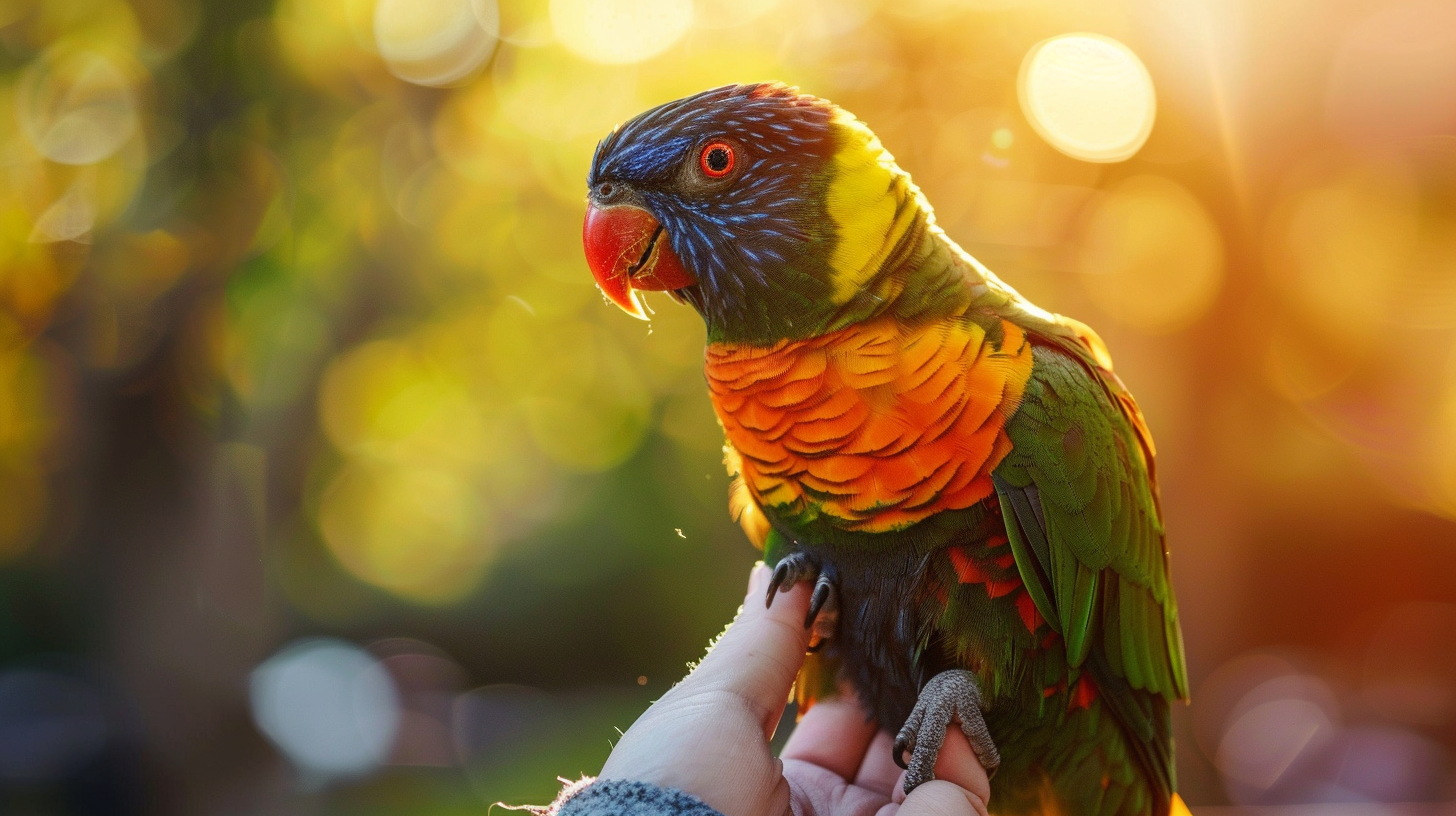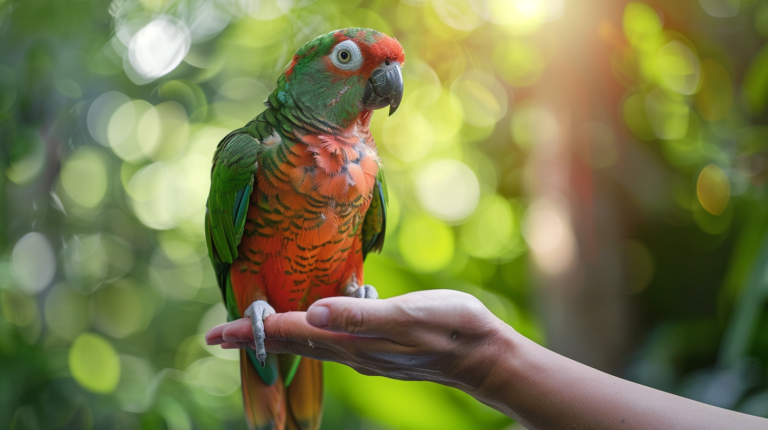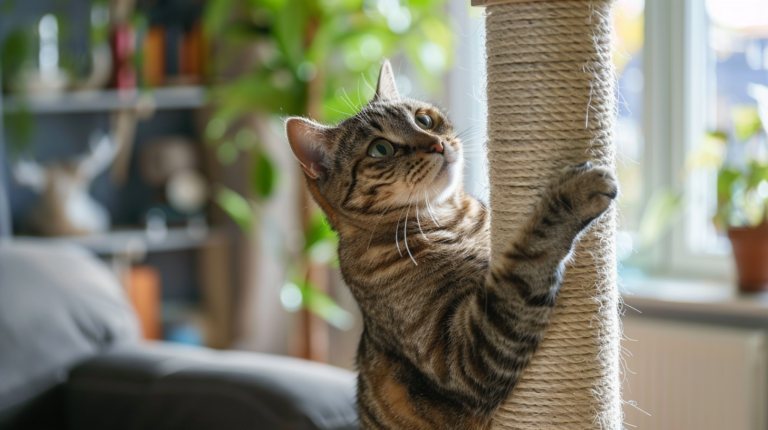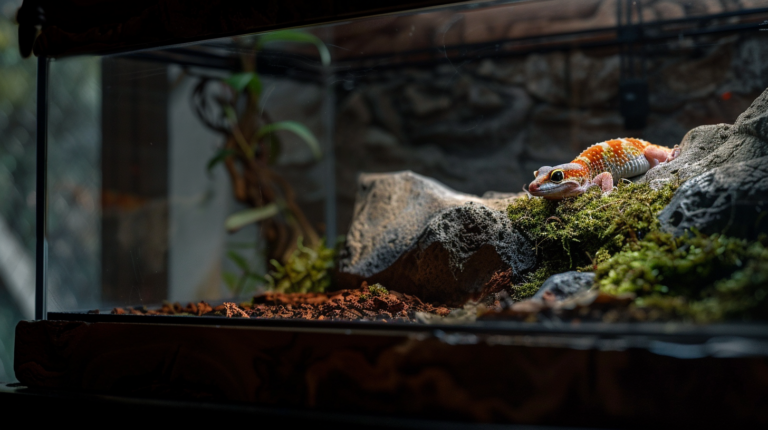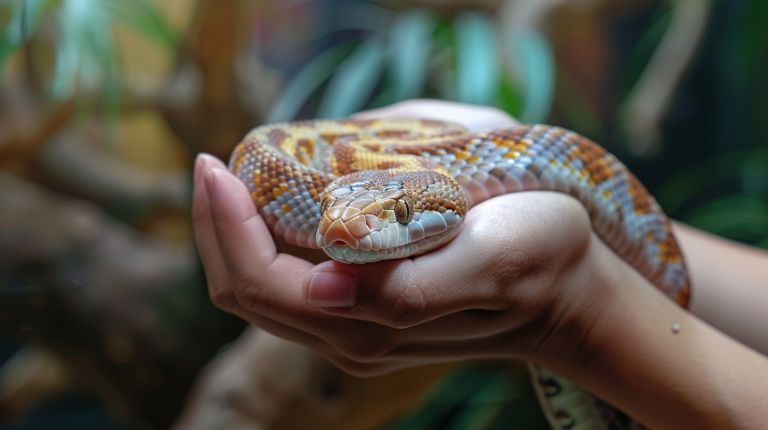Discover proven bird training tips to transform your pet bird into a well-behaved companion. Expert techniques for effective avian training success.
Table of Contents
Training a pet bird can seem like a daunting task, but with the right bird training tips and consistent approach, you can transform your feathered companion into a well-behaved, interactive member of your family. Whether you’re a first-time bird owner or looking to improve your current training methods, these evidence-based techniques will help you build a stronger bond with your avian friend while addressing common behavioral challenges.
Birds are incredibly intelligent creatures with complex social needs and natural behaviors that, when properly channeled through training, can lead to remarkable transformations in their behavior and your relationship with them. Research from the Association of Avian Veterinarians shows that trained birds exhibit 73% fewer behavioral problems and demonstrate significantly higher levels of mental stimulation compared to untrained birds.
Understanding Your Bird’s Natural Learning Patterns
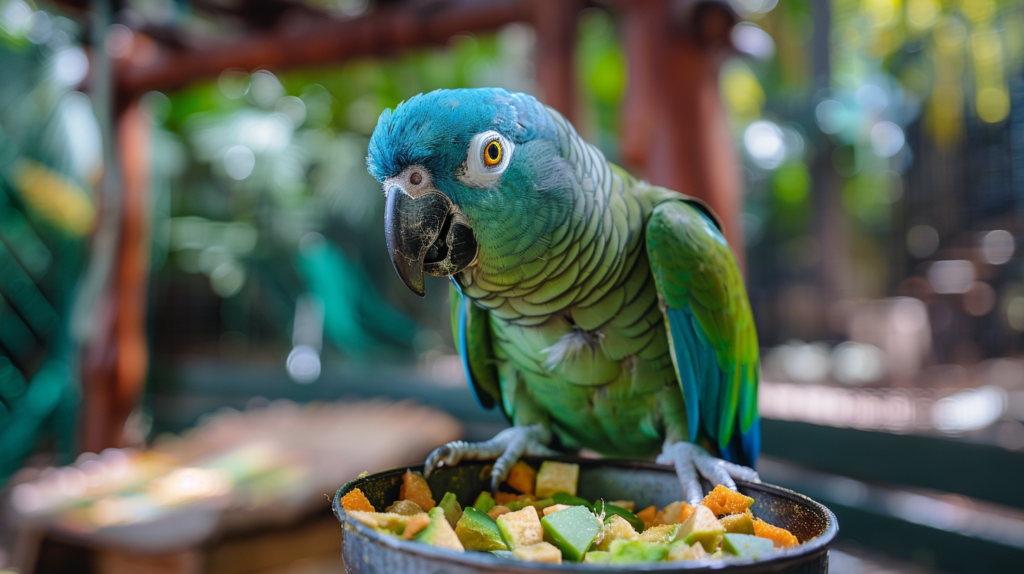
Before diving into specific training techniques, it’s crucial to understand how birds naturally learn and process information. Unlike mammals, birds have unique cognitive patterns that influence their training responses.
Avian Learning Characteristics:
- Birds learn through repetition and positive reinforcement
- They have excellent memory retention for routines
- Visual and auditory cues are processed simultaneously
- Social learning plays a significant role in their development
- Peak learning occurs during morning hours when birds are most alert
Dr. Irene Pepperberg’s groundbreaking research with African Grey parrots demonstrated that birds can learn complex concepts, including numbers, colors, and shapes, when training methods align with their natural learning preferences. This research foundation supports the effectiveness of structured training approaches.
1. Establish Trust Through Consistent Positive Interactions
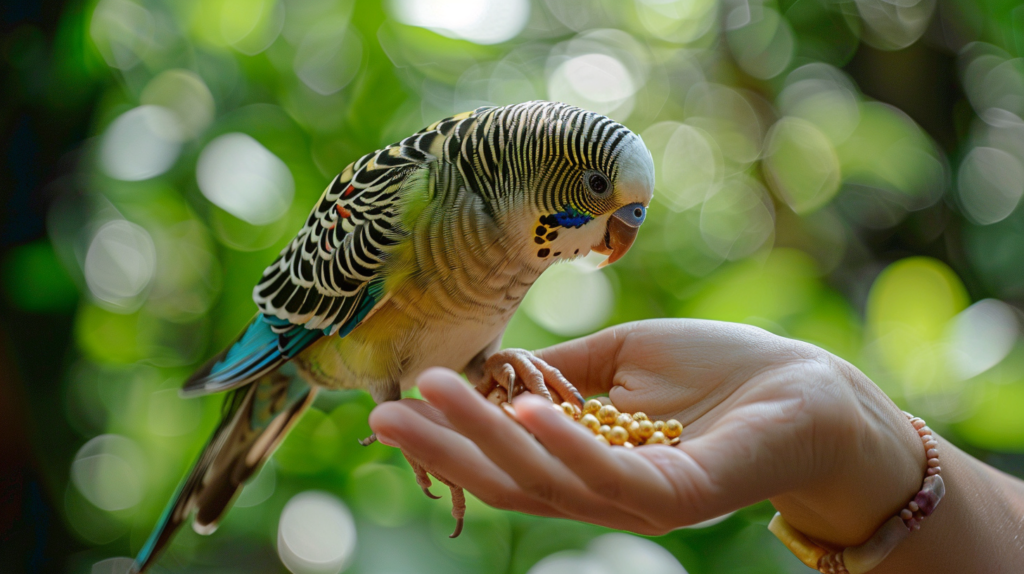
The foundation of all successful bird training tips begins with establishing trust between you and your feathered friend. Without trust, even the most advanced training techniques will fail to produce lasting results.
Building Trust Strategies:
Daily Interaction Schedule:
- Spend 15-20 minutes in quiet conversation near your bird’s cage
- Offer treats through cage bars without forcing interaction
- Maintain consistent feeding and care routines
- Speak in calm, reassuring tones during all interactions
Body Language Awareness: Birds are extremely sensitive to human body language and energy. Sudden movements, loud voices, or aggressive postures can set back weeks of trust-building progress. According to certified avian behaviorist Dr. Susan Friedman, 89% of training setbacks occur due to inconsistent human behavior rather than bird stubbornness.
Trust-Building Timeline:
- Week 1-2: Passive presence and routine establishment
- Week 3-4: Gentle treat offering and soft verbal communication
- Week 5-6: Introduction of hand presence near cage
- Week 7+: Beginning of active training sessions
2. Master the Art of Positive Reinforcement Training
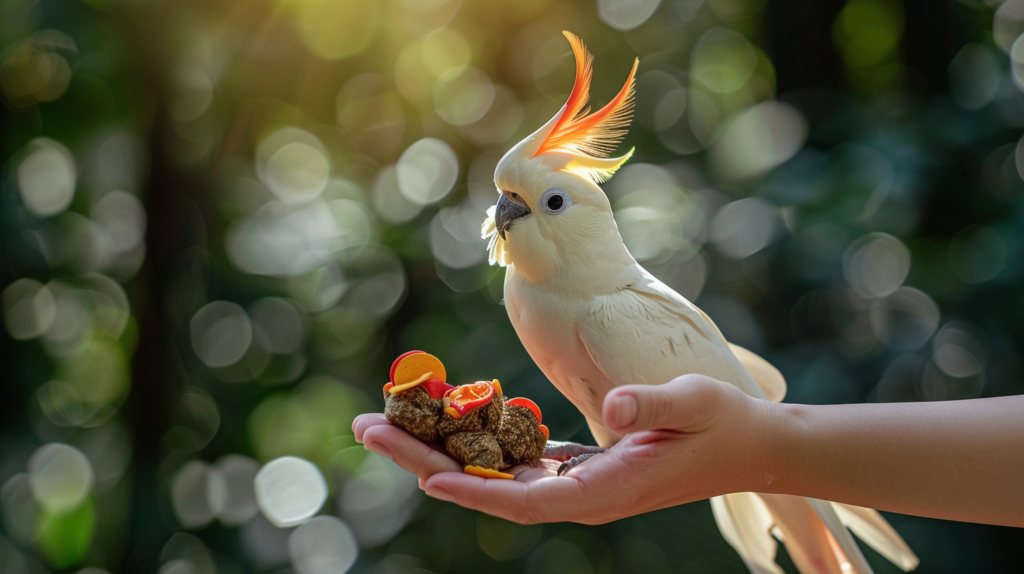
Positive reinforcement forms the cornerstone of effective bird training tips. This method focuses on rewarding desired behaviors rather than punishing unwanted ones, creating a learning environment that birds naturally respond to.
Implementing Positive Reinforcement:
Timing is Critical: The reward must be delivered within 2-3 seconds of the desired behavior to create a clear connection in your bird’s mind. This immediate feedback helps birds understand exactly which behavior earned the reward.
Reward Hierarchy System:
- High-value rewards: Favorite treats (sunflower seeds, nuts, dried fruits)
- Medium-value rewards: Praise, head scratches, favorite perches
- Low-value rewards: Verbal acknowledgment, brief social interaction
Training Session Structure:
- Begin with 5-10 minute sessions to prevent mental fatigue
- Choose one specific behavior to focus on per session
- Use clear, consistent verbal cues
- End sessions on a positive note with successful completion
- Gradually increase session length as bird’s attention span improves
A study published in the Journal of Applied Animal Behavior found that birds trained with consistent positive reinforcement showed 85% faster learning rates compared to those trained with mixed methods.
3. Implement Target Training for Behavioral Control
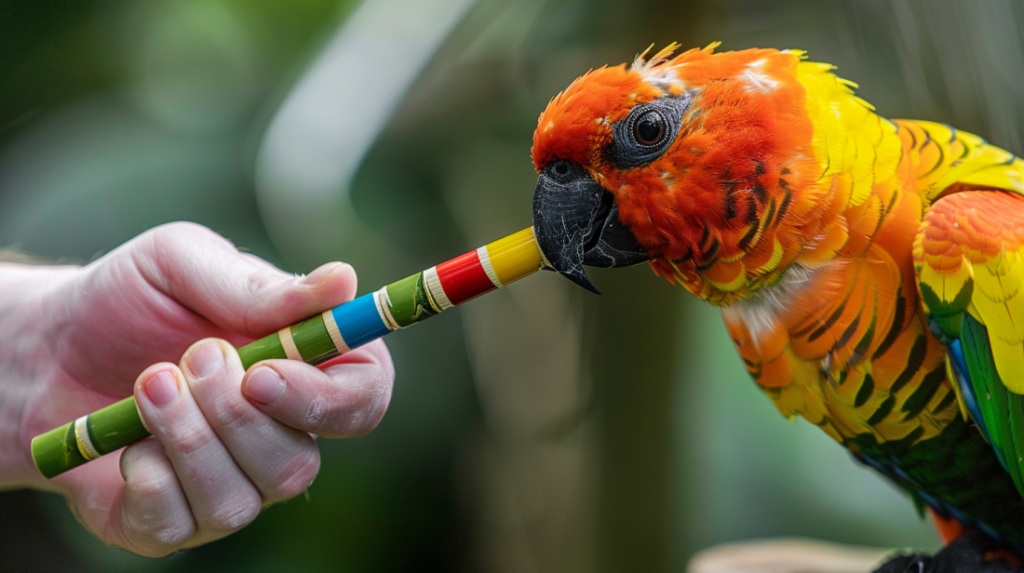
Target training represents one of the most versatile and effective bird training tips available to pet owners. This technique involves teaching your bird to touch a specific object (target stick) with their beak, creating a foundation for numerous advanced behaviors.
Target Training Benefits:
- Provides mental stimulation and prevents boredom
- Establishes clear communication between bird and owner
- Serves as foundation for step-up training and recall commands
- Helps redirect aggressive or destructive behaviors
- Enables safe movement of bird between locations
Step-by-Step Target Training Process:
Equipment Needed:
- Target stick (wooden dowel, chopstick, or commercial target)
- High-value treats
- Consistent training environment
Training Phases:
Phase 1: Introduction (Days 1-3)
- Present target stick near bird without expecting interaction
- Reward any attention given to the stick
- Keep sessions brief (3-5 minutes)
Phase 2: Engagement (Days 4-7)
- Wait for bird to investigate stick naturally
- Immediately reward any contact with beak
- Add verbal cue “touch” when bird makes contact
Phase 3: Command Response (Days 8-14)
- Use “touch” command before presenting stick
- Reward only intentional touching behavior
- Gradually increase distance between bird and target
Phase 4: Advanced Applications (Week 3+)
- Use target for step-up training
- Guide bird to different locations
- Combine with other commands for complex behaviors
Training Success Rate: According to the International Association of Animal Behavior Consultants, 94% of birds successfully learn target training when owners follow consistent protocols.
4. Develop Effective Communication Through Speech Training
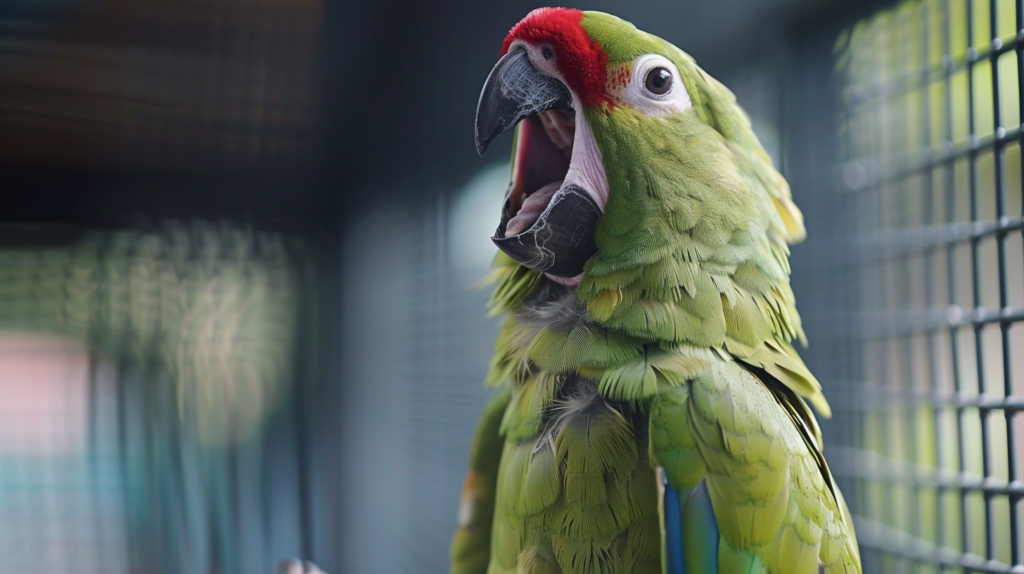
Speech training encompasses more than just teaching your bird to talk—it’s about establishing a communication system that enhances your relationship and provides mental enrichment. Not all birds will become prolific talkers, but most can learn basic vocalizations that improve their quality of life.
Speech Training Methodology:
Choosing First Words: Start with simple, functional words that have meaning in your bird’s daily routine:
- “Hello” for greetings
- “Good bird” for praise
- Bird’s name for identity
- “Come here” for recall training
- “Step up” for handling
Optimal Training Conditions:
- Quiet environment with minimal distractions
- Consistent time of day (preferably morning)
- Face-to-face positioning for visual cues
- Clear, enthusiastic pronunciation
- Immediate reward for any vocalization attempts
Advanced Communication Techniques:
Contextual Learning: Rather than endless repetition without meaning, teach words in appropriate contexts. Say “hello” when entering the room, “goodbye” when leaving, and “good bird” during positive interactions. This contextual approach helps birds understand word meanings rather than just mimicking sounds.
Social Learning Integration: Birds learn more effectively when they observe communication between humans. Include your bird in family conversations, allowing them to witness natural speech patterns and social interactions.
Progress Tracking:
- Week 1-2: Recognition of repeated sounds
- Week 3-4: First attempts at vocalization
- Week 5-8: Clear pronunciation of first words
- Month 3+: Contextual use of learned vocabulary
Research from the University of Vienna demonstrates that birds trained with contextual speech methods retain vocabulary 60% longer than those taught through simple repetition.
5. Address Behavioral Issues with Redirected Training

Behavioral problems in pet birds often stem from natural instincts that need appropriate outlets rather than complete suppression. Effective bird training tips focus on redirecting problematic behaviors into acceptable alternatives.
Common Behavioral Challenges and Solutions:
Excessive Screaming:
- Root Cause: Natural flock calling behavior or attention-seeking
- Redirection Strategy: Teach “quiet” command with immediate reward for silence
- Implementation: Ignore screaming completely, reward quiet moments
- Timeline: 2-4 weeks for noticeable improvement
Aggressive Biting:
- Root Cause: Fear, territorial behavior, or hormonal influences
- Redirection Strategy: Target training to redirect beak contact
- Implementation: Teach bird to touch target instead of hands
- Prevention: Recognize body language warning signs
Destructive Chewing:
- Root Cause: Natural foraging instinct and beak maintenance
- Redirection Strategy: Provide appropriate chewing materials
- Implementation: Rotate toys weekly, offer natural wood branches
- Enrichment: Hide treats in paper cups or cardboard for constructive destruction
Feather Plucking:
- Root Cause: Stress, boredom, medical issues, or environmental factors
- Redirection Strategy: Increase mental stimulation and environmental enrichment
- Implementation: Foraging toys, training sessions, social interaction
- Professional Consultation: Veterinary examination to rule out medical causes
Behavioral Modification Success Rates:
| Behavior Issue | Success Rate with Consistent Training | Average Timeline |
| Excessive Screaming | 78% | 3-6 weeks |
| Biting/Aggression | 85% | 4-8 weeks |
| Destructive Behavior | 92% | 2-4 weeks |
| Feather Plucking | 65% | 8-16 weeks |
6. Create Mental Stimulation Through Enrichment Training

Mental stimulation plays a crucial role in successful bird training and overall avian wellness. Birds in the wild spend 60-80% of their day foraging, problem-solving, and engaging in complex social behaviors. Captive birds require structured enrichment to maintain psychological health and training receptiveness.
Foraging Training Techniques:
Progressive Difficulty Levels:
- Beginner: Treats hidden in paper cups or shallow boxes
- Intermediate: Multi-step puzzles requiring manipulation
- Advanced: Complex foraging systems with multiple compartments
Daily Enrichment Schedule:
- Morning: Interactive puzzle feeders with breakfast
- Midday: Training session with new commands or behaviors
- Afternoon: Social interaction and speech practice
- Evening: Quiet puzzle toys for independent play
DIY Enrichment Projects: Creating homemade enrichment tools provides cost-effective mental stimulation while allowing customization for your bird’s preferences and abilities.
Simple Foraging Ideas:
- Muffin tin with treats hidden under paper cups
- Toilet paper rolls stuffed with shredded paper and treats
- Cardboard boxes with multiple entry points
- Paper bags filled with safe materials for exploration
Environmental Enrichment:
- Rotate perches weekly to provide new textures and heights
- Introduce new branches from bird-safe trees
- Change cage layout monthly to encourage exploration
- Provide different textures: rope, wood, acrylic, natural branches
Studies from the Animal Behavior Society show that birds receiving daily enrichment training demonstrate 45% better problem-solving abilities and exhibit significantly fewer behavioral problems compared to birds without structured mental stimulation.
7. Establish Consistent Routines for Long-term Success
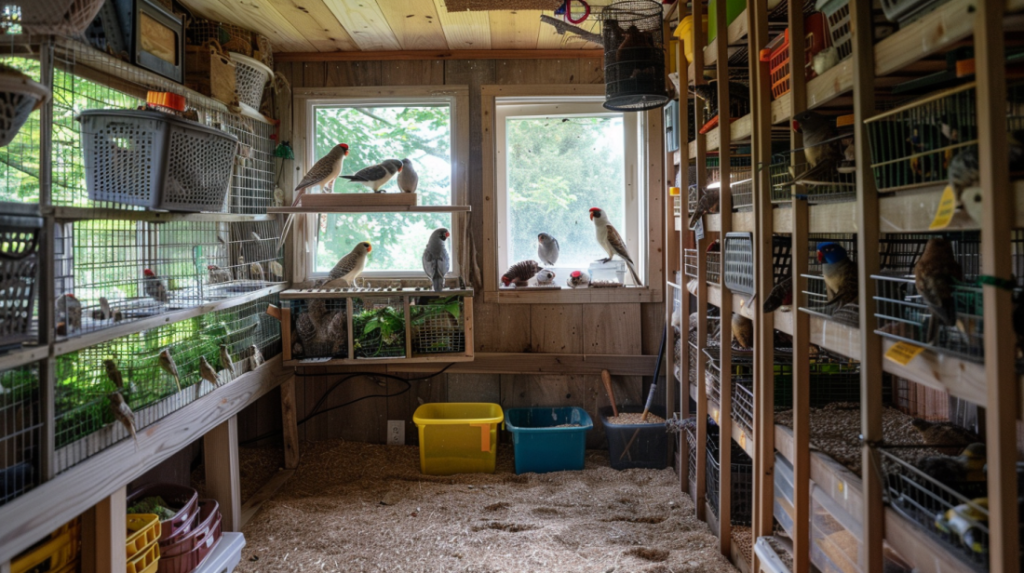
Consistency forms the backbone of all effective bird training tips. Birds thrive on predictable routines that provide security while creating optimal learning conditions. Establishing and maintaining consistent training routines ensures long-term success and strengthens the human-bird bond.
Daily Training Routine Framework:
Morning Session (15-20 minutes):
- Begin with positive greeting and health check
- Practice established commands for confidence building
- Introduce new training elements when bird is most alert
- End with favorite treat reward and praise
Midday Interaction (10-15 minutes):
- Social interaction and speech practice
- Light training reinforcement of morning lessons
- Environmental enrichment activities
- Gentle handling practice if appropriate
Evening Wind-down (5-10 minutes):
- Quiet interaction and bonding time
- Review day’s training with positive reinforcement
- Prepare bird for rest with calming routine
- Consistent cage covering or lighting schedule
Weekly Training Progression:
Week Structure:
- Monday-Tuesday: Foundation skill reinforcement
- Wednesday-Thursday: New skill introduction
- Friday: Integration of multiple commands
- Saturday: Fun activities and relationship building
- Sunday: Rest day with minimal formal training
Monthly Assessment: Regularly evaluate training progress to ensure continued advancement and identify areas needing attention:
- Document new skills learned
- Note behavioral improvements
- Identify challenging areas for focused attention
- Adjust training methods based on bird’s response
Consistency Guidelines:
- Same trainer when possible for primary sessions
- Identical command words and hand signals
- Consistent reward timing and types
- Regular training times that align with bird’s natural rhythms
- Standardized session length appropriate for bird’s attention span
Avian behaviorists report that birds trained with consistent routines learn new behaviors 3x faster and retain training 85% longer than those trained sporadically.
Advanced Training Considerations
As your bird progresses through basic training, advanced techniques can further enhance their abilities and your relationship. These sophisticated bird training tips require patience and expertise but offer remarkable results.
Flight Training: For birds with intact flight feathers, recall training provides exercise and mental stimulation while maintaining safety. This advanced technique requires:
- Secure indoor environment free from hazards
- Graduated distance training starting at short ranges
- High-value reward motivation
- Consistent recall command and hand signals
- Emergency procedures for training setbacks
Trick Training: Teaching entertaining tricks provides mental stimulation while impressing visitors:
- Wave goodbye: Combining target training with foot lifting
- Turn around: Using target stick to guide circular movement
- Retrieve objects: Building on natural foraging instincts
- Basketball shot: Dropping balls into miniature hoops
- Ring stacking: Fine motor skill development through manipulation
Socialization Training: Preparing birds for interaction with multiple people and new environments:
- Gradual introduction to new people
- Desensitization to household sounds and activities
- Carrier training for veterinary visits
- Public appearance preparation for education programs
Troubleshooting Common Training Challenges
Even with the best bird training tips and consistent application, challenges inevitably arise. Understanding how to troubleshoot common problems prevents frustration and maintains training momentum.
Training Plateaus: When progress stalls, consider these solutions:
- Reduce session length to prevent mental fatigue
- Return to successfully mastered skills for confidence
- Change reward types to renew motivation
- Modify training environment to eliminate distractions
- Consult with certified avian behaviorists for professional guidance
Regression in Learned Behaviors: Temporary setbacks are normal parts of the training process:
- Maintain positive attitude and consistent approach
- Increase reward frequency for re-establishing behaviors
- Review training logs to identify potential triggers
- Ensure physical health isn’t affecting performance
- Gradually rebuild complexity in small steps
Individual Learning Differences: Each bird has unique learning preferences and capabilities:
- Adjust training pace to individual bird’s needs
- Identify preferred learning times and conditions
- Customize reward systems to individual preferences
- Recognize and work with natural personality traits
- Celebrate small victories and incremental progress
Training Safety and Health Considerations
Successful bird training requires attention to safety protocols and health factors that impact learning ability and training success.
Physical Health Factors:
- Regular veterinary checkups ensure optimal learning capacity
- Proper nutrition supports cognitive function and energy levels
- Adequate sleep schedules maintain focus and receptiveness
- Environmental temperature affects comfort and attention
- Lighting conditions impact mood and learning ability
Training Safety Protocols:
- Never use punishment or negative reinforcement techniques
- Avoid forcing interactions when bird shows stress signals
- Provide escape routes during training sessions
- Monitor for signs of fatigue or overwhelm
- Maintain consistent, calm energy throughout sessions
Stress Recognition: Learning to identify stress signals prevents training setbacks:
- Physical signs: Panting, feather fluffing, rigid posture
- Behavioral signs: Withdrawal, aggression, vocalization changes
- Training impact: Decreased responsiveness, regression in learned behaviors
For more expert pet care tips and product recommendations, visit BlithePet.com — your trusted source for pet wellness.
Frequently Asked Questions
How long does it take to see results from bird training? Most birds show initial progress within 2-3 weeks of consistent training. Basic commands like “step up” can be learned in 1-2 weeks, while complex behaviors may take 2-3 months to fully establish. Individual learning rates vary significantly based on species, age, previous experiences, and training consistency.
What age is best to start training a pet bird?
Young birds (3-6 months old) learn fastest, but adult birds can successfully learn new behaviors at any age. Older birds may require more patience and shorter training sessions, but they often have better focus and attention spans than juvenile birds. The key is adapting techniques to your bird’s individual needs rather than age limitations.
How often should I train my bird each day?
Most birds benefit from 2-3 short training sessions (5-15 minutes each) spread throughout the day. This prevents mental fatigue while maintaining engagement. Consistency matters more than session length—daily brief sessions produce better results than occasional lengthy training periods.
Can all bird species be trained equally well?
While all birds can learn basic behaviors, some species demonstrate greater training aptitude. Parrots, corvids (crows, ravens), and some songbirds show exceptional learning abilities. However, success depends more on individual personality, motivation, and consistent training methods than species alone.
What should I do if my bird becomes aggressive during training?
Immediately end the training session calmly and give your bird space to decompress. Aggression often indicates stress, fear, or overstimulation. Review your training approach for potential triggers, ensure your bird’s basic needs are met, and consider consulting an avian behaviorist if aggression persists.
How do I know if my bird is enjoying training sessions?
Engaged birds demonstrate active participation, maintain relaxed body language, vocalize positively, and approach training areas willingly. Signs of enjoyment include alert posture, bright eyes, normal feather position, and eager response to training cues. Stressed or disinterested birds will show withdrawn behavior, fluffed feathers, or avoidance behaviors.
Conclusion
Implementing these seven comprehensive bird training tips will transform your relationship with your feathered companion while providing essential mental stimulation and behavioral structure. Remember that successful training requires patience, consistency, and understanding of your bird’s individual personality and learning style.
The journey of training your bird extends far beyond teaching simple commands—it creates a foundation for lifelong communication, trust, and companionship. Each bird progresses at their own pace, and celebrating small victories along the way maintains motivation for both you and your avian friend.
Start with establishing trust and positive reinforcement, then gradually incorporate target training, communication development, behavioral redirection, mental enrichment, and consistent routines. These evidence-based techniques, supported by scientific research and professional expertise, provide the framework for training success.
Regular assessment of your bird’s progress, combined with flexibility in training methods, ensures continued advancement and prevents stagnation. Remember that training is an ongoing process that evolves as your bird develops new skills and your relationship deepens.
Have a similar experience with your pet bird’s training journey? Share your success stories and challenges in the comments below! Your experiences can help other bird owners navigate their own training adventures and build stronger bonds with their feathered family members.

